A territorial unit in former Poland, covering the area of today’s Kuyavian-Pomeranian Voivodeship, north-east of Włocławek, between the rivers: Vistula, Drwęca, Rypienica, Pisiak, Pissa, Brynica and Skrwa.
Originally, the main town of Dobrzyń was Dobrzyń (now Dobrzyń on the Vistula). The most important cities, apart from Dobrzyn on the Vistula, were: Rypin, Lipno, Górzno, Bobrowniki, Skępe, and Kikół. The land of Dobrzyń was surrounded and filled with pleasant and fertile hills, it had large forests and many lakes.
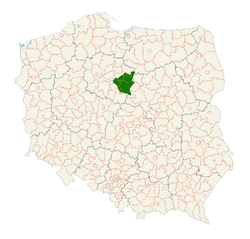
Historical monuments
The Dobrzyń Land has many monuments, manors and palaces. During World War II, there were as many as 12,000 of them in our country. After the war and the bombing of the country, a small handful of them remained in the form of 3,000 buildings.
The Pola Negri Memorial Chamber in Lipno
A museum room in Lipno, dedicated to Pola Negri – an actress born in this city, a silent movie star. The facility is located in the building of the Municipal Cultural Center, and is run by the Lipno Cultural Society of Pola Negri.
The museum was established in 2005 on the initiative of a local teacher, Dorota Łańcut. Some of the exhibits were donated by Alojzy Bukolt – a pre-war film expert from Bydgoszcz, admirer of the actress’s talent.
In her collection she has numerous photos of the actress and publications about her and the films in which she appeared (including copies of the pre-war weekly “Kino". Visiting the exhibition is accompanied by the recreation of romances made by the artist. Negri and Charlie Chaplin.
The museum is a year-round facility, open from Monday to Friday.
Nawojka cinema
The cinema owes its name to the legendary Nawojka who lived in the 15th century. Nawojka is a character who is considered to be the first Polish student. Legend has it that she was the daughter of the mayor of Dobrzyn on the Vistula River. The customs of that time forbade the admission of women as students. Seeing no other option, Nawojka went to the trick – disguised as a boy, she began studying at the Krakow Academy. When the hoax was discovered, the girl was threatened with death at the stake. However, she avoided her by going to the monastery.
Castle in Bobrowniki
A defensive castle in Bobrowniki, probably erected by the Piast prince of Dobrzyń, Władysław Garbaty. After the Polish-Teutonic wars, the seat of the starost. From the 18th century in ruins.
Castle in Golub
A four-wing conventual Teutonic castle from the turn of the 13th and 14th centuries, erected on a hill overlooking the city, currently within the city limits of Golub-Dobrzyń; preserved in the Gothic-Renaissance style, it belonged to the Golub starosty in 1664.
According to legends, during the Polish-Swedish wars, the Golub castle had a secret, underground passage under Drwęca to the castle in Radziki Duże. When the Swedes captured Golub, the townspeople fled this way from the invaders, who were cut off by a huge stone that fell into the river’s current and broke the tunnel’s ceiling. The boulder can still be seen in the Drwęca current.
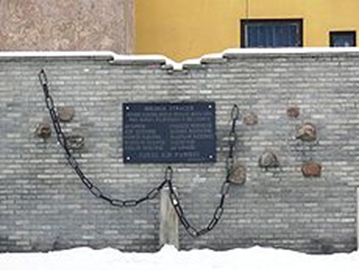
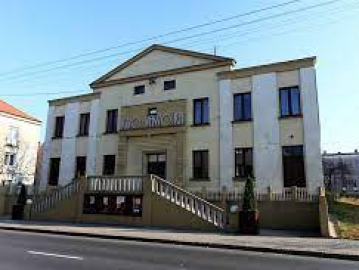
Born in Lipno
– Wincenty Rapacki,
– Pola Negri,
– Stanisław Ossowski,
– Ja’akow Meridor
– Tosia Altman,
– Leszek Balcerowicz.
Cuisine of the Dobrzyń region
– pumpkin soup
– lard (animal fat)
– Hunter’s stew (cabbage and meat dish)
– Dobrzyn cheesecake
– potato dumplings
– chicken lobules
– minced cutlets
– Apple pie
– Czernina (basic ingredients are chicken broth and blood from duck)
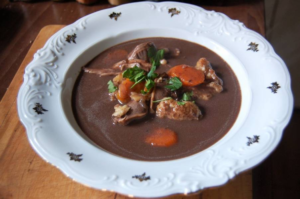
– Tatar (raw, finely chopped beef, oil, egg yolks)
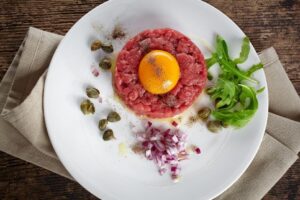
– Poppy seed cake (dough layered with ground poppy seeds, sugar and dried fruits)
– fruit soup
